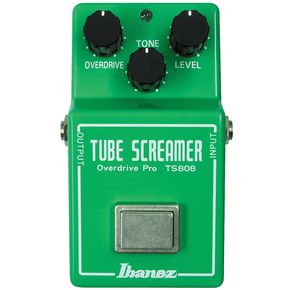This is a Guest Post by Guitarist and Published Author, Brian Reed.
 If you want a classic country tone, the equation is easy: a Fender Telecaster and a Fender amp. It’s the setup guitarists used to record the classic tones on all the old Johnny Cash, Merle Haggard, or Hank Williams albums. I could stop the article here, but I’ll throw a bone to players with more diverse setups. Fortunately, there is more than one way to nail the classic country tone and here are ideas to get you there.
If you want a classic country tone, the equation is easy: a Fender Telecaster and a Fender amp. It’s the setup guitarists used to record the classic tones on all the old Johnny Cash, Merle Haggard, or Hank Williams albums. I could stop the article here, but I’ll throw a bone to players with more diverse setups. Fortunately, there is more than one way to nail the classic country tone and here are ideas to get you there.
Guitars
For guitars, the key is a low gain, single coil bridge pickup to preserve a clean tone with minimal distortion. Most humbucking pickups have too much gain and are too dark for the sharp pop and clarity necessary in country music. A good-quality Tele and Strat-style guitar in the bridge position with the tone knob in the full treble position work best, however, there are other potential options. Gretsch guitars with Filter’Tron pickups or even a six-string Rickenbacker both set to the bridge pickups can serve up ample twang that compliments the style well.
Amps
In amps, clean tone is important as well. A high quality single channel amp is sufficient or if you have a multi-channel amp, use the cleanest channel. There are scores of amps with Fender-style, 6L6 and 6V6-based circuits that can get the desired tone with little trouble, however many other country guitar players also use British-voiced EL-84 amps including the Vox AC30, Matchless HC-30, Dr. Z Maz series, and others. Dialed up clean, these amps have a snappy brittleness that is perfect for this style of playing. Their tube rectifiers also help compress notes on their own so a compression pedal isn’t necessary.
Dialing in the tone, think clean, bright, and punchy. Dial back the distortion as much as possible and push the treble and bass to close to max then dial them back to taste depending on the characteristics of your amp. The midrange is somewhat scooped, but the bass is important to give the tone a beefy fullness when riffing on the low E string.
Effects
Adding reverb, compression, and delay can all enhance the basic country tone attainable from the guitar and amp. If your amp has a built-in spring reverb, adding a touch of reverb can really add dimension to the tone. However, use reverb sparingly as too much can swallow your notes and the clarity of your playing will suffer.
Compression helps smooth out uneven notes, fattens tone, and adds a glassy almost hi-fi sheen that is reminiscent of steel pedal guitar. It will come in handy for players who are new to country techniques like snapping and popping. Compression will dampen inconsistencies and maintain an even volume and dynamics in all the notes. Additionally, compression can help increase sustain that may be lost using the cleaner settings of your amp.
Adding a quick slap back delay can add dimension and depth to your sound. Setting a digital delay to a 100 milliseconds with one or two repeats should work well. Again, use delay sparingly as longer delay times and more repeats clutter the sound.
More than anything, great country tone comes from superior technique. So, don’t stress over gear. Get the best guitar and amp you can afford, plug, play, and have fun.
 der tube amps. He really liked Vibroverbs and Super Reverbs, usually running them in stereo to fatten up his sound. SRV’s clean tone was quite amazing, which is what Fender amps are popular for. Of course he ran his amps cranked in order to get that tube saturation.
der tube amps. He really liked Vibroverbs and Super Reverbs, usually running them in stereo to fatten up his sound. SRV’s clean tone was quite amazing, which is what Fender amps are popular for. Of course he ran his amps cranked in order to get that tube saturation.